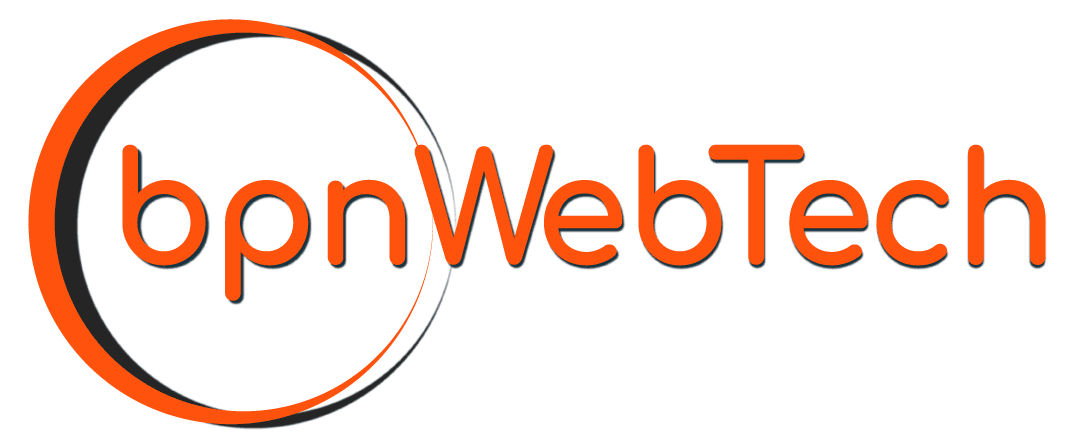Want a website that loads lightning-fast and looks amazing? Images play a huge role, but it’s not just about making them smaller. This complete guide will show you easy-to-follow techniques for optimizing your images. The result? A faster website, happier visitors, and a boost in your search rankings!
Image Compression: The Power of Smaller Files
Think of your website images like luggage for a trip. You want to bring everything that makes them visually appealing, but bulky luggage slows you down. Image compression is like packing smart: you keep the essentials but make your images lighter for faster travel across the internet!
Why Does It Matter?
Huge image files lead to slow page loading speeds. That means frustrated visitors – and search engines don’t like slow websites either, which hurts your rankings. Compression gives you the best of both worlds: smaller files that still look great.
The Two Main Types
- Lossy Compression: The most efficient way to shrink images – removes tiny bits of data you likely won’t even notice are missing. Perfect for most website photos, graphics, and illustrations.
- Lossless Compression: Keeps every bit of the original image, ideal when you need perfect detail (like medical images, or artwork intended for print).
See the Difference
Ever take a photo on your phone? Those images are often several megabytes – perfect for print, but overkill for websites. With the right compression, that same image could be under 500KB without losing any visual quality for web display. Imagine the speed boost that gives your website!
Ready to Dive Deeper?
Coming soon: an in-depth compression guide with tips on WordPress plugins that automate image compression!
Stripping Out the Unseen: Metadata Removal
Your images might be hiding secrets! They often contain invisible data called metadata. Think of it like a hidden diary entry describing your camera settings, the time the photo was taken, maybe even the exact GPS location where you snapped it.
Why Does This Matter for Your Website?
- Secret Stowaways: All these hidden notes add a tiny bit of extra weight to your image files. Sure, it’s small for one image… but it adds up fast!
- Privacy Matters: While mostly harmless, if you’re concerned about location data being attached to your images, it’s best to give them a metadata makeover before they go live on your site.
Don’t Worry, It’s Easy!
Thankfully, you don’t need to learn complex metadata editing. Check back soon for more info on many popular image optimization plugins for WordPress also handle metadata removal automatically. Think of it as a bonus spring cleaning for your images!
WebP: The Image Format of the Future
If JPEGs are the trusty old suitcases of the web, WebP is the sleek, ultralight carry-on. It delivers the same visual quality in a much smaller file size – meaning your pages load faster!
While not every browser supports WebP yet, it’s rapidly gaining popularity. The good news? Popular WordPress plugins can help you seamlessly use WebP, automatically serving older browsers a compatible format. It’s a win-win!
When to Choose WebP
- Speed Matters: If you want the fastest possible image loading times, WebP is a top contender. This is especially amazing for photo-heavy websites!
- Smaller, Sharper Graphics: Logos, icons, and illustrations often look just as good (sometimes better) in WebP compared to older formats like PNG, but at a fraction of the file size.
- The SEO Edge: Faster websites make search engines happy. While not a magic bullet, WebP can be part of your overall speed optimization strategy.
When to Hold Off (For Now)
- Downloads Matter: If visitors need to download your images in their original high-resolution format, WebP might not be ideal until browser support is even stronger.
Check back for info on suggested plugins to covert your images into the WebP format.
CDNs: Your Images’ Global Delivery Network
What is a CDN? Short for Content Delivery Network, it’s like a vast network of smaller libraries strategically placed around the globe. Your website is the main branch, storing your ‘books’ (images, content, etc.). A CDN caches copies of your images closer to your visitors. Instead of traveling all the way to the ‘main branch’, they get their ‘book’ from the library nearest to them – much faster!
Benefits Beyond Speed
- Security Boost: A good CDN acts like a protective shield for your website, helping absorb certain types of online attacks that could slow things down.
- Reliability Matters: Even if your main website has a hiccup, a CDN can often keep serving up your images, ensuring visitors don’t experience a broken website.
The Power of a Global Network
CDNs are especially beneficial if you have website visitors from all over the world. No matter where they are, their images will load quickly, improving their experience and potentially boosting your search engine rankings.
Ready to Dive Deeper?
Coming Soon: CDN Guide. Learn how CDNs work, how to choose the right one for your website, and step-by-step setup instructions.
Lazy Loading: A ‘Trick of the Trade’ for Faster Pages
Imagine your website as an overly eager tour guide, wanting to show off every single attraction the moment someone arrives. Problem is, that can be overwhelming! Lazy loading is a clever web development trick that teaches your website some patience.
How Lazy Loading Works
- Prioritize the Essentials: With lazy loading, your website still loads all the images, but it focuses on what the visitor sees first (the images above the fold). Think of it as revealing the attractions gradually, as the visitor is ready for them.
- The Speed Illusion: Pages feel lightning-fast because the initial content isn’t held back by images further down. This keeps visitors engaged and encourages them to scroll and explore.
The User Experience Win
- No More Waiting: Visitors don’t stare at a blank screen while everything loads. The content they care about appears quickly, making your website feel more responsive.
- Happy Scrollers: With a fast-loading experience, visitors are more likely to stick around. This means longer sessions, potentially more pages viewed, and a better chance of them converting into customers or engaged readers.
Coming Soon: Lazy Loading Guide Learn how to easily implement lazy loading on your WordPress site with the best plugins, and ensure your critical content still loads quickly.
The Right Size Matters: Resizing Basics
Imagine buying a giant, stunning poster to hang in your gym locker. Sure, the image itself is beautiful, but it won’t fit well, and you won’t be able to appreciate it fully. The same goes for website images! Uploading huge photos and letting your website shrink them creates a big problem – slow loading times.
Why Resizing Matters
Websites don’t magically shrink massive images. They load the entire file, even if it’s displayed much smaller on the page. This bogs things down, frustrating visitors and hurting your SEO.
The Secret? Matching Size to Display
The key is uploading images already sized to the dimensions they’ll be displayed on your website. Think of it like buying a perfectly sized photo for your locker – it looks great and doesn’t slow anything down.
Another Resizing Consideration: Aspect Ratio
Images have an aspect ratio, which is the relationship between their width and height. Resizing needs to maintain this ratio to avoid distorted images. Imagine a tall, rectangular photo squished into a square – not an ideal viewing experience!
Resizing Made Easy
The good news? There are many free online resizing tools and most image editing software also has resizing features. Check back for our coming guide where we’ll cover specific options and how to find the exact dimensions needed for your website layout.
SEO Power-Up: Alt Text That Works
Think of search engines as being a bit visually impaired when it comes to images. Alt text is like reading glasses for your website, giving them a clear description of what each image represents. This isn’t just about accessibility (though that IS important!); it also helps your SEO efforts.
How Alt Text Helps Search Engines
- “Seeing” Your Images: Search engines can’t interpret an image the same way a human does. Alt text provides descriptive clues about the image content.
- Understanding Relevance: Using relevant keywords in your alt text (without going overboard!) helps search engines understand how the image fits into the overall content of your page.
- The Power of Context: Alt text doesn’t exist in a vacuum. The surrounding text on your page gives search engines even more clues about the image, increasing its relevance.
Alt Text Done Right: A Delicate Balance
It’s important not to stuff your alt text with too many keywords, as this can actually hurt your SEO. The key is accurate descriptions with naturally occurring keywords relevant to the image itself.
Coming Soon: Alt Text SEO Guide. Learn how to write clear, descriptive, and keyword-optimized alt text that works hand-in-hand with your overall content strategy. It’s a small but powerful step towards improved search engine visibility.
Conclusion: Ready to Optimize?
You now have the knowledge to transform your website images into lean, speed-boosting assets! Remember, image optimization delivers:
- Faster Page Load Times: Happier visitors and search engines alike.
- Improved SEO Potential: Better image visibility can bring you more traffic.
- Enhanced User Experience: A visually appealing and fast website keeps visitors engaged.
Want to streamline image optimization and ensure your website always performs at its best? Our bpnWebTech Wellness Plans include premium versions of the leading optimization plugins, saving you time and money. As part of your plan, we’ll expertly configure these tools and keep your images optimized as part of our ongoing website maintenance.
Ready to explore how our Wellness Plans can simplify website optimization? Contact us today for a free consultation!


